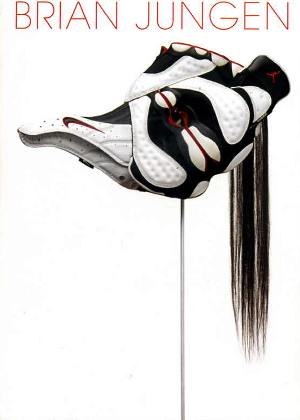 |
March 17, 2006Taking advantage of March Break
|
I am writing this in the
middle of a three week March Break in British Columbia where many outstanding
heritage sites are found. Mixed in with some time with my brother and his
family and visits with my wife’s partner in an art show at the Kennedy Gallery
in September I have had some excellent visits to heritage sites. Coincidentally
the Vancouver Sun newspaper ran a feature “B.C.’s past comes to life on heritage
tour” advertising a tourist oriented Heritage Circle Route (See Tourism British
Columbia at:
www.hellobc.com. I had already seen several of the sites and thought some
readers may find them of interest.
 |
Photo of the Great Hall at
the UBC Museum of Anthropology. Doug Mackey Photo. |
Museum of Anthropology
The University of British
Columbia’s Museum of Anthropology is noted for its stunning architecture by
Arthur Erikson on a cliff overlooking the ocean. The 35,000-piece collection
features west coast native art but has artifacts from around the world. Looking
at the massive totem poles, carved boxes and bowls in the Great Hall makes one
marvel at the quality of the work. Bill Reid’s sculpture including his
monumental yellow cedar piece The Raven and the First Man is overwhelming (see
the $20 bill for a further example of his work. Students spend hours studying
the artifacts. A class of film students was shooting a documentary of a staff
member describing the artifacts (see
www.moa.ubc.ca )
Contemporary Museum and Paleontology Centre
Visiting relatives in
Courtenay on Vancouver Island drew my attention to their fine museum. Beside
its’ highly recognized fossil collection it has first nations, pioneer,
lumbering and social history from the Comox Valley. For fossil fans there is a
three-hour fossil tour where there is access to an 80 million year old ancient
sea shoreline on a local river bed where fossils are in abundance for picking.
(www.courtenaymuseum.um.ca
)
Fort Langley
When the Hudson Bay Company
established itself in B.C. one of the last posts established was on the Fraser
River just north of the American border. The Fraser River was difficult to
travel but with fear of U.S. invasion a post was established in 1827. It was
later moved to its present location where some furs were acquired with the
support of the native population. The post, called Fort Langley eventually
became a provisioning post especially for hundreds of barrels of salmon. They
also raised agricultural produce.
In November 1858 the Colony
of British Columbia was established in a ceremony at Fort Langley in the middle
of a gold rush which brought 30,000 prospectors – mostly from California – to
the Fraser Valley. The fort closed in 1896 and was restored in the 1950s.
Fort Langley is now a
National Historic Site and is open daily from 10-5 from March 1 to Oct 30. It
has numerous buildings, including an original, costumes, interpreters, and
interactive schools. A great place to spend a few hours.
There are several other
museums nearby including The Langley Centennial Museum, the British Farm
Machinery and Agricultural Museum, and the Canadian Flight and Transportation
Museum (www.pc.gc.ca/lhmnhs/bc/langley)
 |
Cover of Brian Jungen book
– artist featured at Vancouver Art Gallery. |
Vancouver Art Gallery
The Vancouver Art Gallery
currently has two fascinating exhibits – an overview of the work of Takao
Tanabe’s long career profiles one of Canada’s best Japanese Canadian Artists.
Born in B.C. some 80 years ago he traveled widely and moved from abstraction to
prairie art and into his B.C. landscape work after his return in 1980.
Native artist Brian Jungen
used west coast native sculptures as the basis of over 40 works produced from
sports equipment like running shoes. The result is a remarkable array of
sculptures that capture the essence of the original carvings in a fascinating
display of colour and form.
Heritage Perspective Home Page
| 
![]() Past
Forward is now on Facebook "LIKE" us to keep in touch
Past
Forward is now on Facebook "LIKE" us to keep in touch